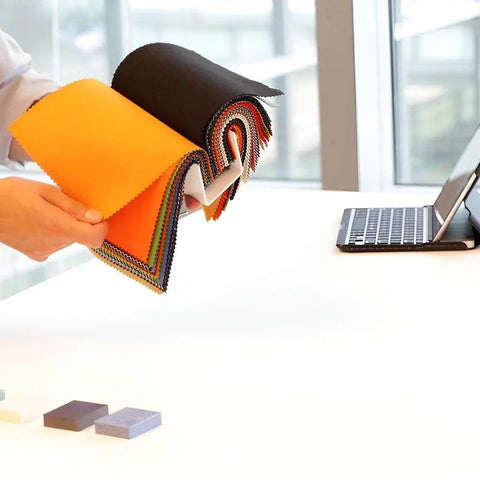Microban Protection in Our Commercial Olefin Range
At Bean Bags R Us, we take cleanliness and longevity seriously, which is why our commercial olefin bean bag range is treated with Microban® antimicrobial technology. This built-in protection helps inhibit the growth of bacteria, mould, and mildew on the fabric surface, keeping your bean bags fresher between cleanings and extending their usable life. Microban treatment does not wash off or wear away, ensuring ongoing protection that contributes to a cleaner, safer, and more hygienic seating experience—ideal for resorts, schools, healthcare, and high-traffic commercial environments.





